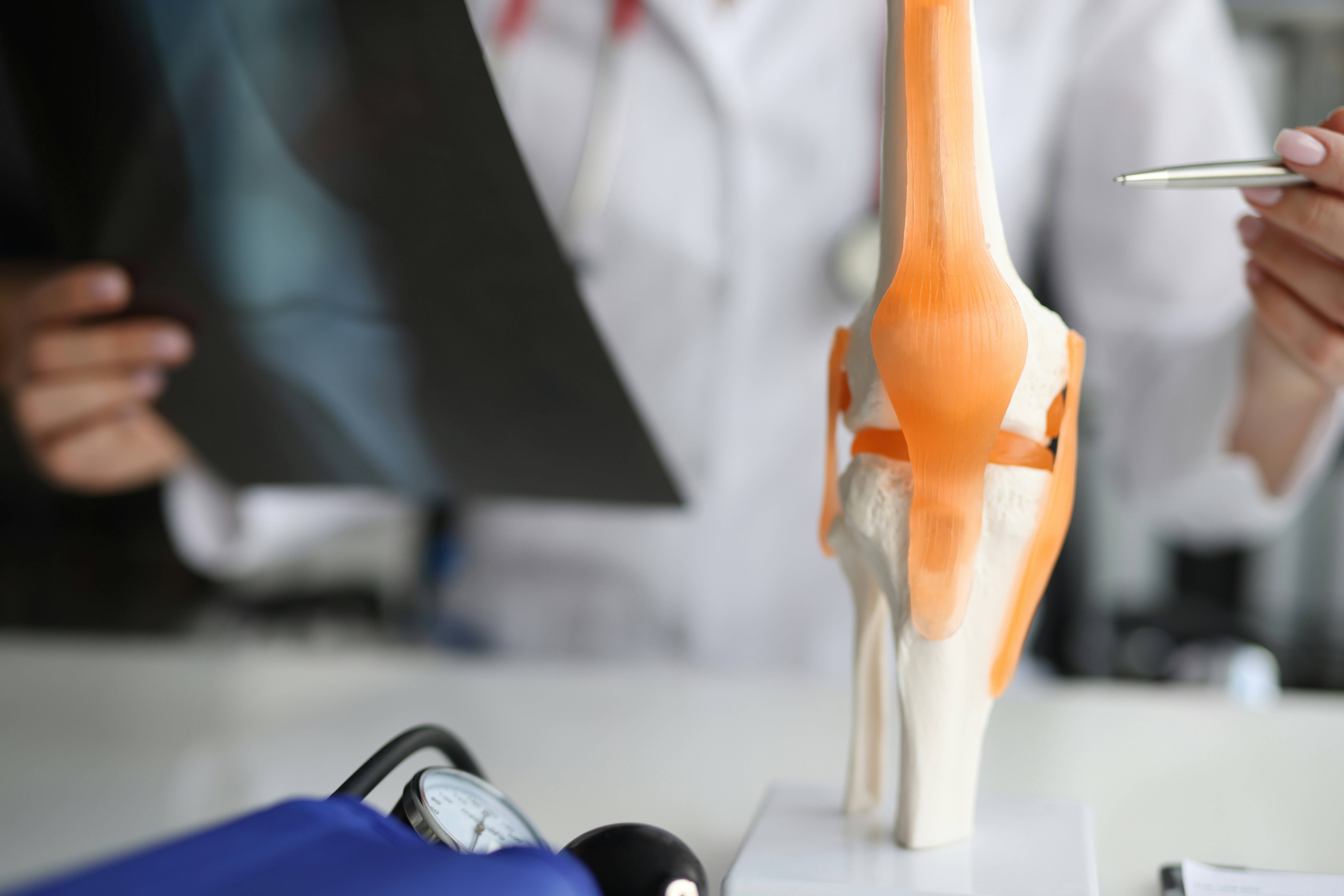
Arthritis is a common condition that affects millions of Americans, causing pain, stiffness, and swelling in the joints. While there is no cure for arthritis, there are many treatment options available to help manage symptoms and improve quality of life. Whether you’re dealing with osteoarthritis, rheumatoid arthritis, or another form of the disease, finding the right treatment plan can make all the difference. This article explores the various approaches to arthritis treatment, from lifestyle changes and medications to alternative therapies and surgical options.
Understanding Arthritis: The Basics
Arthritis is an umbrella term that encompasses more than 100 different types of joint diseases, the most common being osteoarthritis (OA) and rheumatoid arthritis (RA). OA occurs when the cartilage that cushions the joints wears down over time, often due to age, overuse, or injury. On the other hand, RA is an autoimmune disorder where the body’s immune system mistakenly attacks the synovium, the lining of the joints, leading to inflammation, pain, and potentially joint deformity.
Both types of arthritis share symptoms such as joint pain, stiffness, swelling, and reduced range of motion, though their causes and treatments differ. Early diagnosis and intervention are crucial to managing arthritis and preventing further joint damage. Knowing the type of arthritis you have will help guide the treatment options and improve the chances of successful symptom management.
Lifestyle Changes to Manage Arthritis
One of the first steps in managing arthritis pain is making changes to your lifestyle. These changes can be incredibly effective in reducing symptoms, improving joint function, and preventing further damage. Regular physical activity is essential for people with arthritis. Low-impact exercises like swimming, walking, and cycling can help maintain joint mobility and strength without putting excessive strain on the affected joints. In addition, strengthening muscles around the joints helps provide additional support and stability, which can reduce pain and prevent further deterioration.
Diet plays a crucial role in managing arthritis as well. Research shows that certain foods can help reduce inflammation and promote joint health. A diet rich in omega-3 fatty acids, found in foods like salmon, walnuts, and flaxseed, may help decrease joint pain and stiffness. Antioxidant-rich fruits and vegetables, such as berries, leafy greens, and carrots, can also provide anti-inflammatory benefits. On the other hand, some foods, including processed meats and sugary items, can exacerbate arthritis symptoms, so it’s essential to adopt a well-rounded, anti-inflammatory diet.
Medications for Arthritis Relief
Medications are often a vital component of an arthritis treatment plan. Depending on the type and severity of arthritis, different drugs may be prescribed to manage symptoms. Over-the-counter nonsteroidal anti-inflammatory drugs (NSAIDs), such as ibuprofen and naproxen, are commonly used to reduce pain and inflammation in the joints. For more severe pain, stronger prescription NSAIDs or opioid medications may be prescribed by a healthcare provider.
Healthcare providers often recommend disease-modifying antirheumatic drugs (DMARDs) for people with rheumatoid arthritis or other autoimmune forms of arthritis. These medications suppress the immune system to prevent it from attacking the joints. Researchers have also developed biological therapies, a more targeted treatment, to block the inflammatory processes associated with RA. These medications slow disease progression and reduce symptoms, but they often cause side effects and require careful supervision by a healthcare provider.
Physical Therapy and Occupational Therapy
Physical therapy (PT) and occupational therapy (OT) are crucial parts of arthritis treatment. They help improve joint function, increase strength, and promote independence. A physical therapist can work with you to develop a personalized exercise routine that focuses on stretching and strengthening the muscles around the affected joints. These exercises can help reduce pain, improve mobility, and increase flexibility, all of which are vital for maintaining a healthy lifestyle with arthritis.
Occupational therapy focuses on helping individuals adapt their daily routines to accommodate their arthritis symptoms. An occupational therapist can assist in recommending modifications to the home or workplace, suggest adaptive tools or devices, and provide strategies for reducing strain on the joints during daily activities. These therapies can be especially beneficial for people with arthritis who have difficulty with simple tasks like dressing, cooking, or driving.
Surgical Options for Severe Arthritis
For some individuals with advanced arthritis, when other treatment methods have failed to provide relief, surgery may be necessary. Joint replacement surgery, particularly knee and hip replacements, is a standard procedure for people with osteoarthritis whose joints have become severely damaged. During this surgery, the damaged joint is replaced with a prosthetic implant, providing pain relief and restoring function. Joint replacement surgeries have a high success rate, and many patients experience significant improvement in their quality of life after the procedure.
In addition to joint replacement, there are other surgical options for arthritis treatment, such as arthroscopy, which involves inserting a small camera into the joint to remove damaged tissue or smooth rough surfaces. Another option is osteotomy, which involves cutting and realigning the bones to reduce pressure on the affected joint. While these surgeries can be effective, they come with risks, including infection and complications related to anesthesia. It is essential to thoroughly discuss the potential benefits and risks with your healthcare provider before considering surgery.